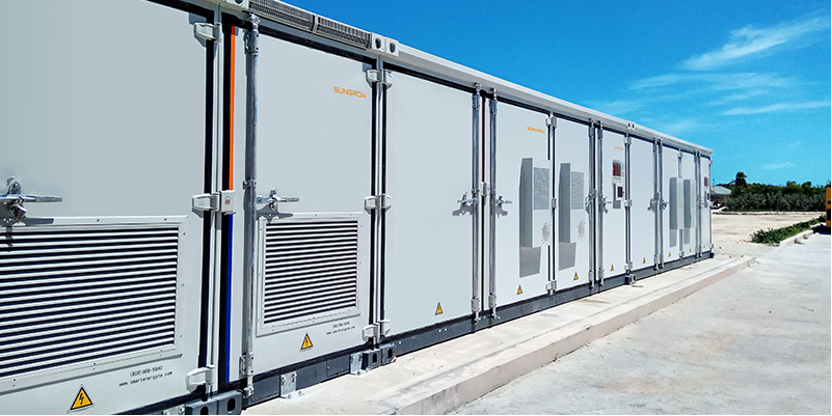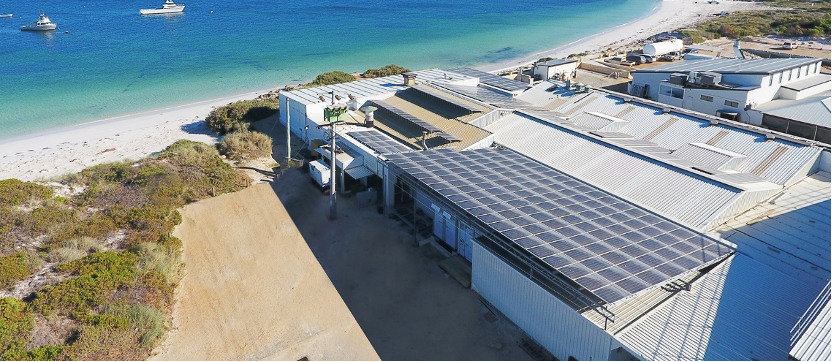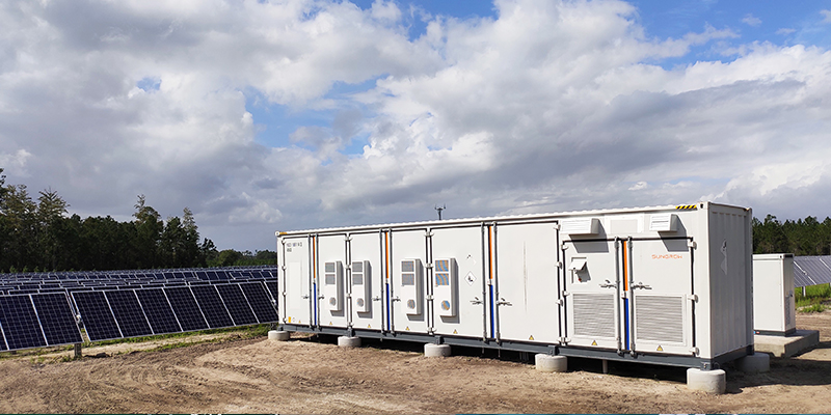Managing energy costs is a significant challenge for businesses today. Energy Storage Systems (ESS) offer a practical solution by storing energy for later use, optimizing power consumption, and supporting renewable energy adoption. ESS is now a proven tool for reducing operational costs, increasing reliability, and mitigating risks from volatile energy markets.

Challenges in Business Energy Management
Managing energy effectively remains a significant challenge for businesses, largely due to the complexities of energy markets and supply systems.
1. Volatile Energy Prices During Peak Hours
Energy prices often fluctuate, with peak hours presenting particularly high costs. This disparity between peak and off-peak rates results in substantial operational expenses. Demand charges—fees based on the highest level of electricity used during a billing period—further compound these costs, creating a heavy financial burden.
2. Unstable Energy Supply and Demand
Predicting peak load times is increasingly difficult, leaving businesses vulnerable to supply disruptions or excessive charges. An unsteady energy supply can jeopardize operations, especially during periods of high demand or grid instability.
3. Integration of Renewable Energy Sources
Many businesses are adopting renewable energy sources like solar and wind power to reduce reliance on traditional grids. However, the intermittent nature of these energy sources presents challenges. Solar panels generate power only during daylight hours, while wind energy depends on weather conditions, making consistent energy availability a concern.

How Energy Storage Systems Lower Energy Costs
ESS provides businesses with a practical and cost-effective solution to tackle these challenges. Here’s how:
1. Peak Shaving and Load Leveling
One of the most significant advantages of ESS is peak shaving. Businesses can store energy during off-peak hours and use it during peak hours to avoid demand charges. To illustrate, here’s a general on-peak and off-peak time schedule for different U.S. time zones during summer and winter seasons:
Time Zone | Summer On-Peak Hours | Winter On-Peak Hours |
Eastern | 2–6 p.m. | 6–10 a.m.; 6–10 p.m. |
Central | 1–5 p.m. | 5–9 a.m.; 5–9 p.m. |
Mountain | 8 a.m.–11 p.m. | 7 a.m.–10 p.m. |
Pacific | 5–9 p.m. | 6–10 a.m.; 5–8 p.m. |
This table provides the on-peak hours for each time zone, helping businesses plan energy storage and consumption strategies more effectively.
2. Energy Self-Sufficiency
ESS enhances self-sufficiency by supporting renewable energy systems. Businesses with solar panels, for example, can store excess energy generated during the day and use it at night. This reduces dependence on the grid and provides a reliable energy source.
3. Energy Arbitrage
ESS allows businesses to engage in energy arbitrage—purchasing electricity when prices are low and storing it for later use when rates spike. This strategy ensures optimal cost efficiency and maximizes energy savings.
4. Enhanced Operational Efficiency
By storing and efficiently managing power, businesses can avoid energy wastage and optimize their operations. ESS helps ensure that no power is lost during transmission or downtime, leading to overall cost savings and improved productivity.
5. Mitigating Costs of Power Outages
Power outages can result in significant financial and operational losses for businesses. An ESS acts as a backup power source, minimizing downtime and protecting critical operations during grid failures. This resilience is particularly important for industries like manufacturing, healthcare, and data centers.
Cost-Benefit Analysis and Return on Investment
Implementing an ESS involves upfront costs, but the long-term financial and operational benefits often outweigh the initial investment.
1. Initial Investment Costs
The cost of installing an ESS depends on factors like capacity, technology type, and system size. While these initial expenses can be significant, they are often offset by energy savings over time.
2. Cost Savings Over Time
By reducing peak demand charges, improving energy efficiency, and enabling energy arbitrage, businesses can see substantial reductions in their energy bills. Over several years, these savings typically exceed the initial investment, providing a strong return on investment (ROI).
3. Government Incentives
Many governments offer incentives, subsidies, and tax credits to businesses investing in ESS and renewable energy solutions. These programs can significantly reduce the financial burden of installation and encourage wider adoption of sustainable technologies.

Sungrow PowerTitan 2.0 as a Reliable ESS for Businesses
The Sungrow PowerTitan 2.0 is an advanced commercial energy storage system designed to meet the diverse needs of businesses. Its advanced technology ensures efficient energy storage and distribution, helping businesses lower costs and increase resilience. With features like modular scalability and seamless integration with renewable energy sources, the PowerTitan 2.0 is a reliable choice for enterprises aiming to optimize their energy management.
Conclusion
Energy Storage Systems (ESS) empower businesses to reduce energy costs, enhance efficiency, and achieve greater energy independence. By addressing challenges like volatile prices and grid instability, ESS offers a sustainable and cost-effective solution. The Sungrow PowerTitan 2.0 exemplifies the potential of advanced ESS technology to transform energy management. Now is the time to consider integrating ESS into your business strategy for a smarter, more sustainable future.